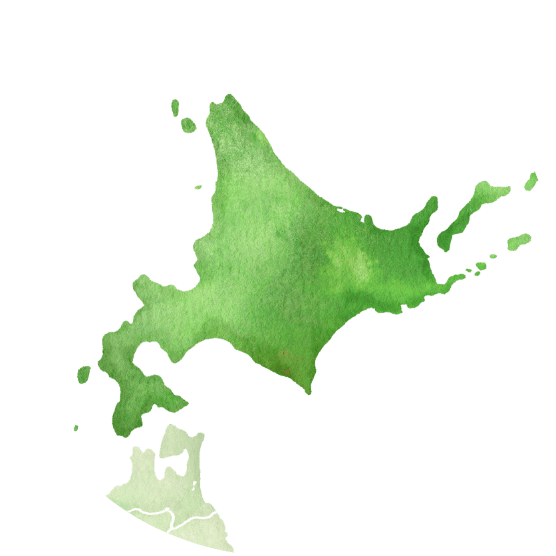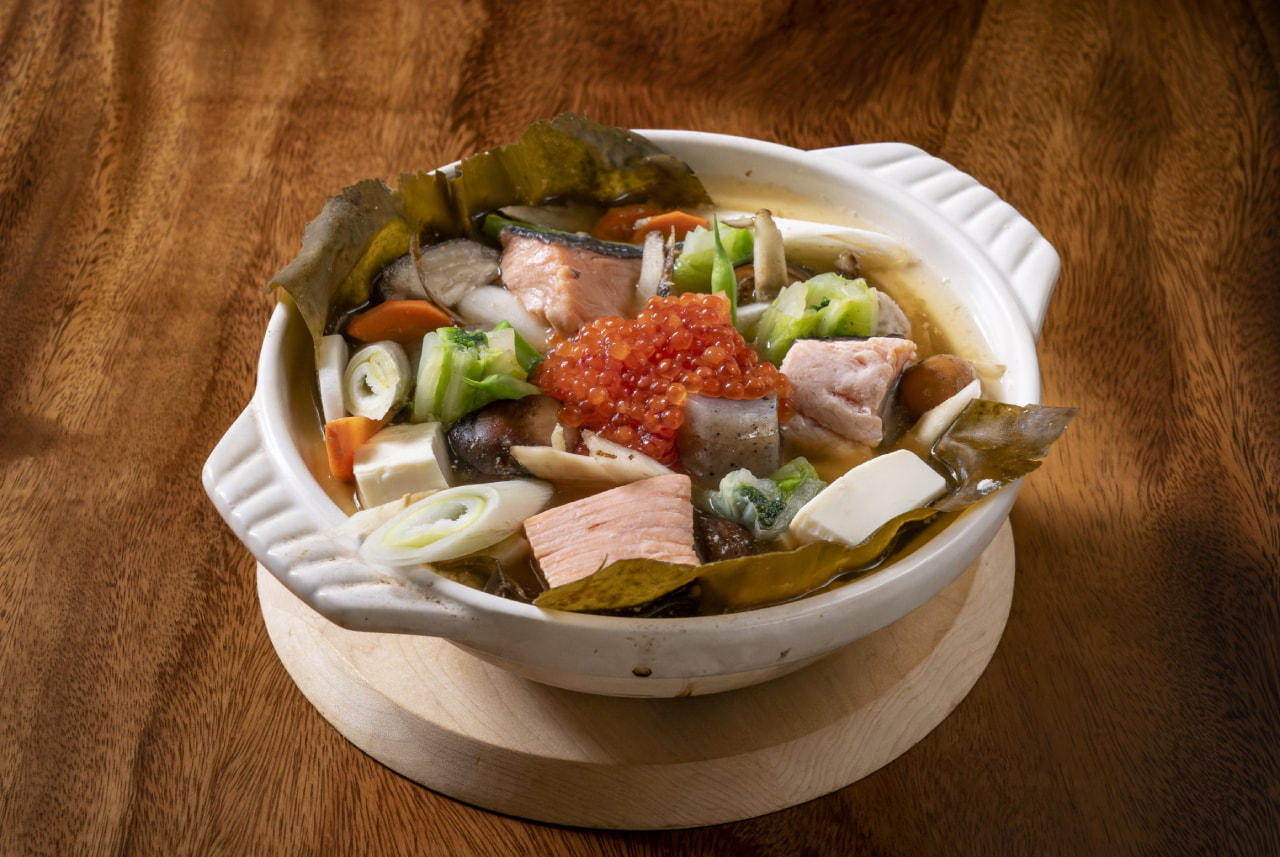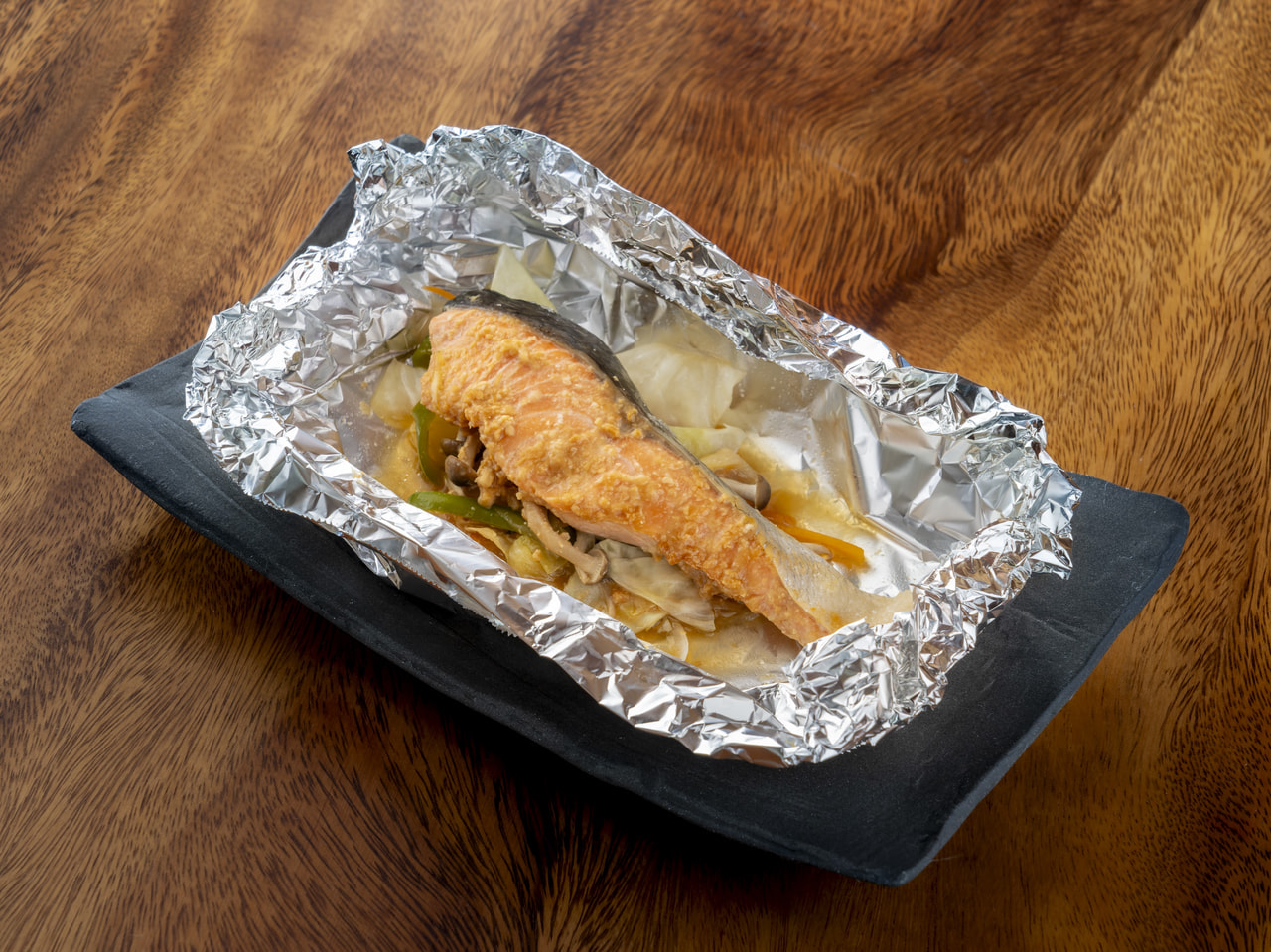Ishikari nabe is one of Hokkaido’s most iconic regional hot pot dishes. It originated as a fisherman's dish from the village of Ishikari, on the estuary of the same name, famous for its salmon.
In the Ishikari region, where salmon fishing has been popular since the Edo period (1603–1867), freshly caught salmon is chopped up and cooked in a miso-based soup as a nabe.
Originally a fisherman's dish, it has now become a common home-cooked dish, eaten to warm the body in the cold winter. The recipe has remained unchanged: salmon is simmered with vegetables in kombu broth, and miso is used for seasoning.The salmon is cooked with its skin on, making it a great source of collagen as well.
Ishikari nabe is packed with the umami of konbu broth, miso, and salmon, and is a must-try dish during winter.



